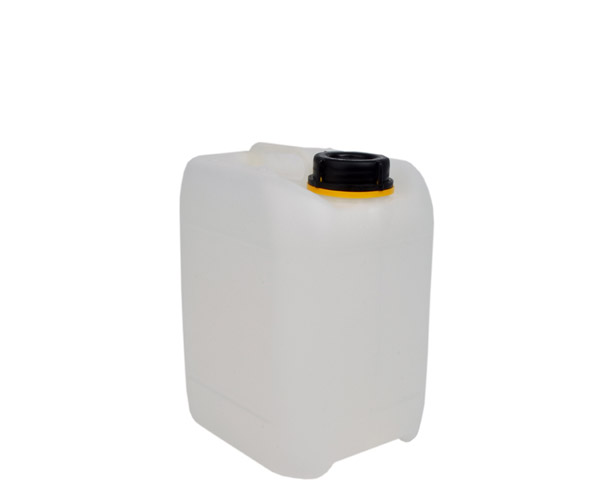Part of the process of home brewing beer is to take the wort (the hot, sweet liquid created in the mash tun) and to cool it to a temperature suitable for pitching the yeast. If the wort is too hot, it kills the yeast. Conversely, if it’s too cold the yeast will hibernate and not ferment the beer.
There are all kinds of different methods around to chill wort, the most common being an immersion chiller. These are a long length of copper pipe twisted into a big coil which sits in the wort and has cold water pumped through it. The heat exchange occurs as the water absorbs the heat and the wort cools. However, immersion chillers aren’t cheap, you’d be looking at about £60 for a low-end one. I could make one myself from 10 metres of 10mm soft copper, but it’s still quite an outlay.
So I began to look for alternatives.
And found a good one.
The ‘no-chill’ method is talked about quite a lot on brewing forums, and has the massive advantage of being cheap, so I found out as much as I can about it. It’s called no-chill because you don’t actively chill the wort, it’s left to cool by itself overnight in an appropriate container. The best option is to get hold of a plastic storage cube/jerry can, which is what I’ve done.
Once the cube is sanitised and sterile the wort is poured in. The sides of the cube are squeezed (with oven gloves, the wort is still at around 100 degrees centigrade) to expel as much air as possible and the lid screwed on. This nice, sterile environment means the wort can chill at its own pace, and prevents natural yeasts and other bugs from growing on the sugary liquid. The next day (or even up to a week later) I can just slowly bring it up to fermentation temperature and pitch my yeast.
Some people worry that without rapid chilling it’s impossible to get the cold crash (where proteins and other sediment groups together and sinks, helping to clear the liquid), but apparently no-chill can actually produce clearer brews! I’m not sure why, but it sounds promising.
Importantly for me, no-chill has two massive advantages. Firstly, I’m not pushed for time. I don’t have to get the whole brew done in one day, which is handy with an eight-month-old knocking around the house. Secondly, it’s really, really cheap! My cube cost £8 delivered. That’s a 25 litre cube made of certified food-grade plastic (very important). I look forward to getting the first brew on and in it.

2 Responses
[…] only thing not in-shot there is the plastic jerrycan I bought as a no-chill cube, for somewhere to store the wort between boiling and pitching […]
[…] The goldings hops went in later in the boil for flavour, and then again after the boils once it all cooled to ~80 degrees for aroma (if the wort is boiling, the aroma oils are driven off). After those finished steeping I poured the wort into the clean and sterilised no-chill cube. […]